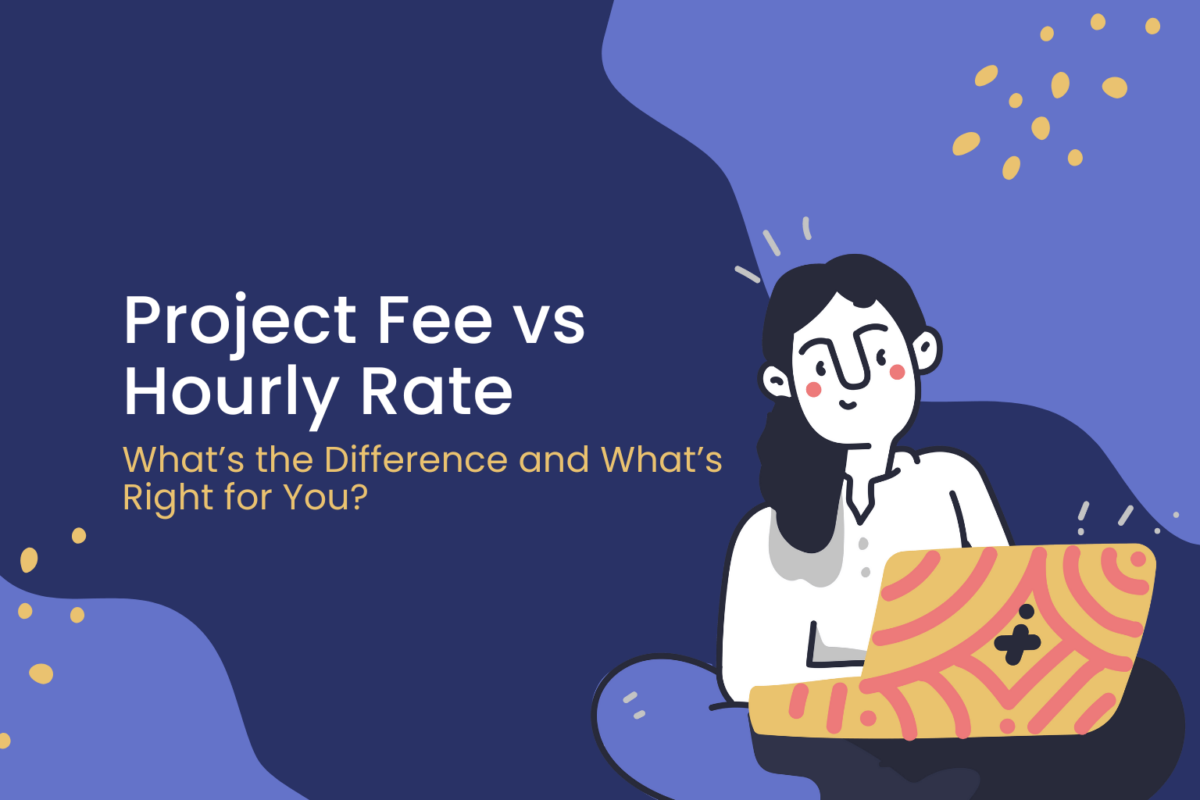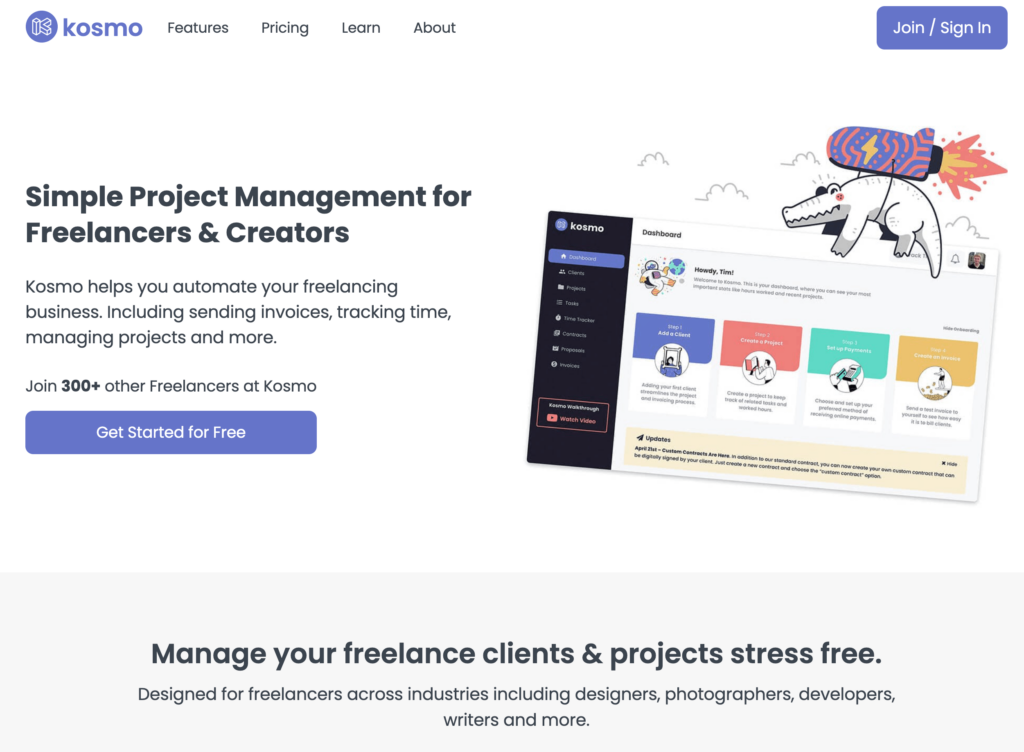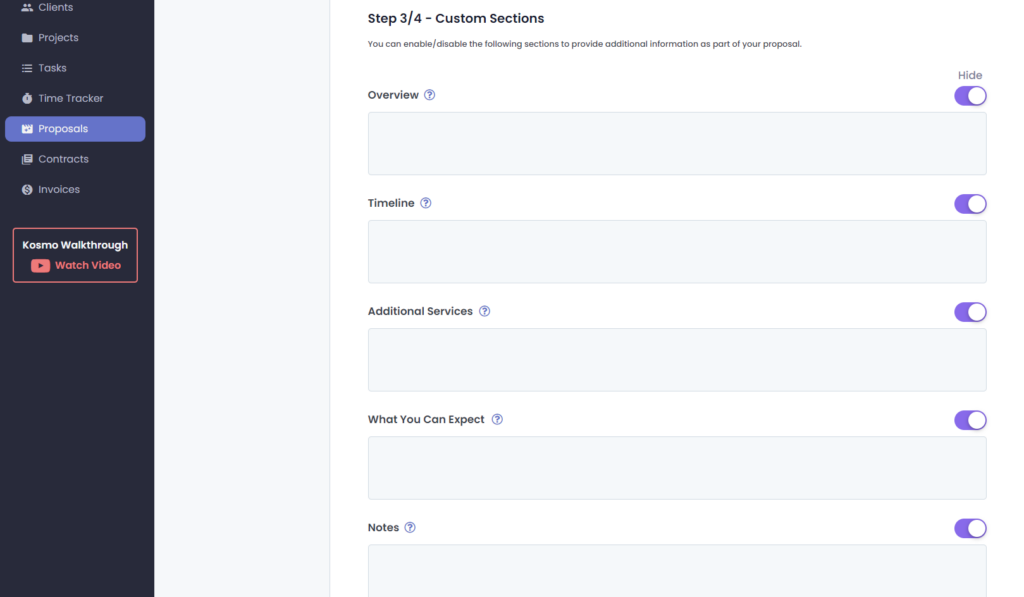Project Fee vs Hourly Rate – What’s the Difference and What’s Right for You?
As a freelancer, you get to choose to be compensated via a project fee vs hourly rate. You no longer have to be chained to a 9 to 5 schedule (unless you want to). This freedom is good for a lot of freelancers but for those who are starting out, it can be confusing to choose between freelance day rate vs hourly, there’s also increment-based pricing and flat rate fees.
Before you start to panic, know that there is no right or wrong answer to these options. Know that it will depend on a lot of factors and ultimately, you have to make the decision. So, to pick which one is right for you, you have to differentiate these working hours first.
What’s the Difference?
Freelancers don’t have a salary, instead, they are paid for the products and services that they offer. Each freelancer has a different rate and they can either choose between project fee vs hourly rate. A project fee is where a client asks the freelancer to do something and they pay up once the project is done. So, for example, you are a portrait artist and a client asks for one image from you. If you charge $50 for a portrait image, you create it, and the client pays that amount.
Now, for the hourly rate: again, you are a portrait artist and you offer drawing services at $15/hour. The client may ask you to create a portrait image of them for a social media profile picture. Maybe this small image takes you 3 hours to complete, then the client will pay you $45. More often than not, a client may have some edits they require, you implement these changes and it takes you 2 hours. The client then has to pay you another $30 for that.

That’s pretty much the difference between project fee vs hourly rate, it’s how you will come up with the final amount a client has to give you.
Which One is Right for You — Project Fee vs Hourly Rate
Now that you know the difference between project-based and time-based pricing, it’s time for you to decide. Here are a number of factors you need to consider to make an informed decision:
Type of Work
Sometimes, finding out if a freelance day rate vs hourly rate will depend on the type of work you do. For example, if you are a freelance photographer it might make sense to do hourly rates, especially if you are renting out a studio for a photoshoot. A freelance day rate may be more appropriate for a programmer who is working on bugs for a website.
Do take note of industry standards, too. There are some industries that have a fixed rate or hourly fee for certain projects, especially for newbies. You need to follow these as these are usually tried and tested by the freelancing community. They may also be the agreed-upon fair price among freelancers and clients.
The Client

There will come a time when a client will insist to pay you on a project while others might prefer hourly rates. The point here is, each client will be different and they share how they prefer to calculate the payment. Now, it will be up to you if you want to accept this or not.
If the client doesn’t really have a preference for payment terms, consider what type of client they are. Have you worked with this client before? How was the experience working with them? Are they the type of clients to keep changing their minds or requesting revisions? If this is the case, you might want to go for an hourly rate. However, if the client has a solid vision of the project and agrees with you with deliverables, then a project fee may be the better route.
Your Pace
Consider how fast you work on a project, if you tend to zoom through tasks and then find yourself exhausted after it, the hourly rate is not the right path for you. You’ll get burnt out easily if you keep trying to finish projects really quickly and you aren’t paid properly.
At the same time, you have to be careful if you work at a slow pace. Some clients may not be impressed by the fact that it takes you 8 hours to complete a 500-word article, especially if they pay you by the hour.
Questions to Help You Decide How to Charge Clients
Maybe you have already formed an idea on how to price your services. However, if you still need a little bit of help or clarification, just answer the questions below:
Are you juggling other clients/projects/responsibilities?

One of the best things about being a freelancer is you have the option to do other things with your time. You can do your work while taking care of your child, you can finish up a project with client A while corresponding with client B. It is all up to you. If the answer to this question is yes, it might be best to go for a project fee. Because it may be hard for you to keep track of time if you are working and cooking at the same time.
Now, if you are more of a time-block person, where you prefer to have a schedule of 3 or 4 hours set aside for work, then go for an hourly fee. Just make sure that during these set hours, you will be 100% free from interruptions.
Are you a newbie?
There’s no harm in being a newbie, the freelancing world is expecting a huge growth spurt in the upcoming years. So, if you are new to the world of freelancing, you may not have a proper rate yet. It’s best to test out the waters. You can simply rely on the industry standards or your client’s preference. However, if you have neither, and you are a newbie, you may start with a project-based fee first.
Now, if you are already a veteran freelancer, you might enjoy hourly more.
Is the project short or long, simple or complex?
For one-off projects, go for project fees. Now, if you ever find yourself with a client you trust who needs you for a long period of time, then you might go for an hourly fee. Think of it like being back to corporate work (but for a fixed amount of time only).
If the project is pretty standard and simple, you can go for a project fee. However, for complex situations where the client doesn’t have a concrete plan, go for an hourly fee.
Do you work well with a fixed time frame?
If the answer is yes, go for an hourly fee. However, if you are the type of freelance worker whose mind flies off into different tasks during the day, an hourly fee can be disastrous. Now, if you need to “discipline” yourself, working on an hourly rate can help with that.
Is your client high maintenance?
If the answer is yes, immediately go for an hourly fee. Clients will always be different, some are easy to work with, while others might make you wish you never accepted the job. High-maintenance clients have a tendency to eat up your valuable time. So, if they want to take up your time, they have to spend on it, which means an hourly fee.
Conclusion

Still can’t decide? Don’t worry because that’s the beauty of freelancing. You can change it up as you go. Not getting any clients? Change your rates. Feel like you are burnt out from an hourly rate? Change it up to a project fee.
Again, when it comes to project fee vs hourly rate, there is no one right answer. This will all depend on you, your situation, and your clients. One is not superior over the other without having to take into account the important factors and questions discussed above.
The important thing here when choosing between project fee vs hourly rate is you do the one that actually works for you and benefits you.
Get Organized & Win More Clients
Kosmo has everything you need to run your freelancing business.
















































